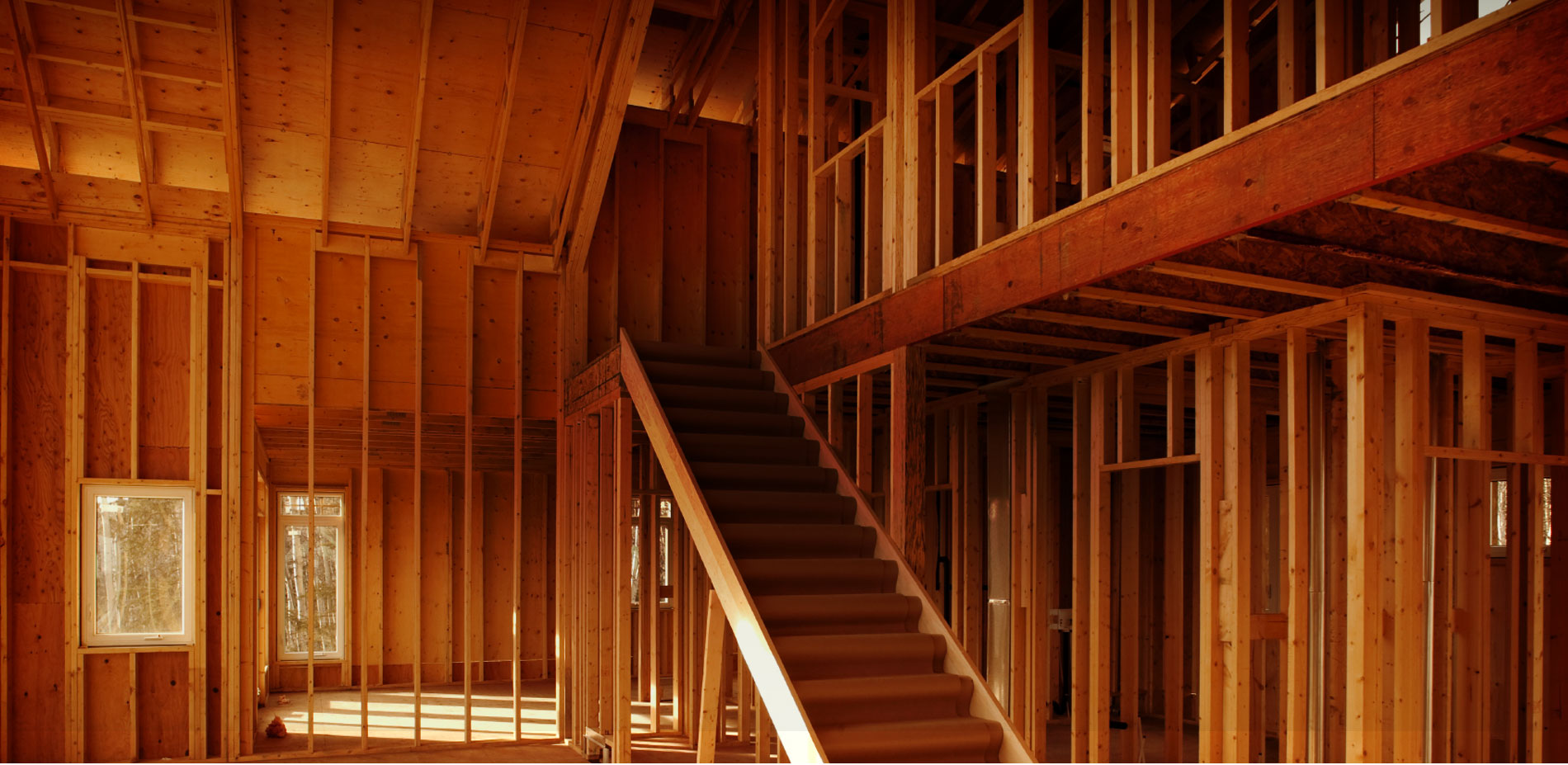Improve Margins and Maximize Your Bottom Line
 As the economy continues to improve, builders are gaining more and more confidence in their business' future. Tides are shifting from builders only treading water to keep their company afloat, to moving forward and expanding profit margins.
As the economy continues to improve, builders are gaining more and more confidence in their business' future. Tides are shifting from builders only treading water to keep their company afloat, to moving forward and expanding profit margins.
The number one cost for builders is direct construction expenditures. Simply reducing costs, even modestly, and strategizing ahead of time will unmistakably help you reach your goals.
Check out the following suggestions and tips and implement them into your business plan to maximize your bottom line.
- Design your new models to attain a predetermined direct construction percentage rate based on the anticipated sales price. A model will not be acceptable if it exceeds a recommended percentage.
- Consider the cost of the lot to determine “how much” house you can build.
- Identify base-model features that can be replaced with more economical items without reducing the home’s appeal. Include input from subcontractors and suppliers about potential cost reductions including design alternatives and worker efficiency.
- Include all options and upgrades within each job’s budget.
- Determine the target gross profit as a component of the budget before starting a project.
- Avoid estimating by square footage. Unless the materials are identical, the site work known, and weather conditions constant, pricing by square foot often leads to inaccurate quotes and underpriced bids.
- Keep the specs simple. Too many options will limit the number of potential buyers.
- Re-estimate immediately after completing the first unit of a new plan to evaluate if additional costs should be considered for subsequent units.
- Create detailed direct construction budgets on model/display homes, just as you would with any other home. Display homes tend to evade the normal budgeting process, leading to higher costs and reduced profits when ultimately sold.
- Perform periodic walkthroughs to control costs and ensure materials are being used as intended. Project managers, superintendents, estimators, and designers should all participate in walkthroughs.
- Develop strong relationships with a select group of subcontractors and suppliers. Constantly switching subs and vendors in search of minor savings can be counterproductive. Try to work with your regular subs and vendors to find savings together.
- Schedule together with your key subs. This will result in a much more accurate schedule than if you created it yourself, and the subs will feel more responsibility to meet their milestones.
- Change orders should be documented using only written forms. This allows both you and the buyer to sign the change order, which should list the change, adjusted total price, and necessary schedule revisions.
- Don’t be afraid to raise prices, especially in a good market. As your costs increase, many of these should be reflected in the sales price. A regular price increase program should be in place.
Source: nahb.com



